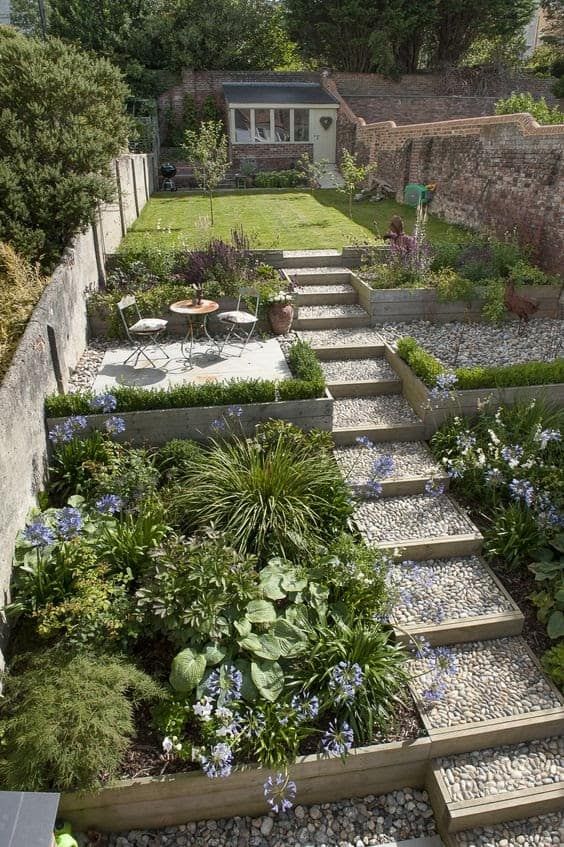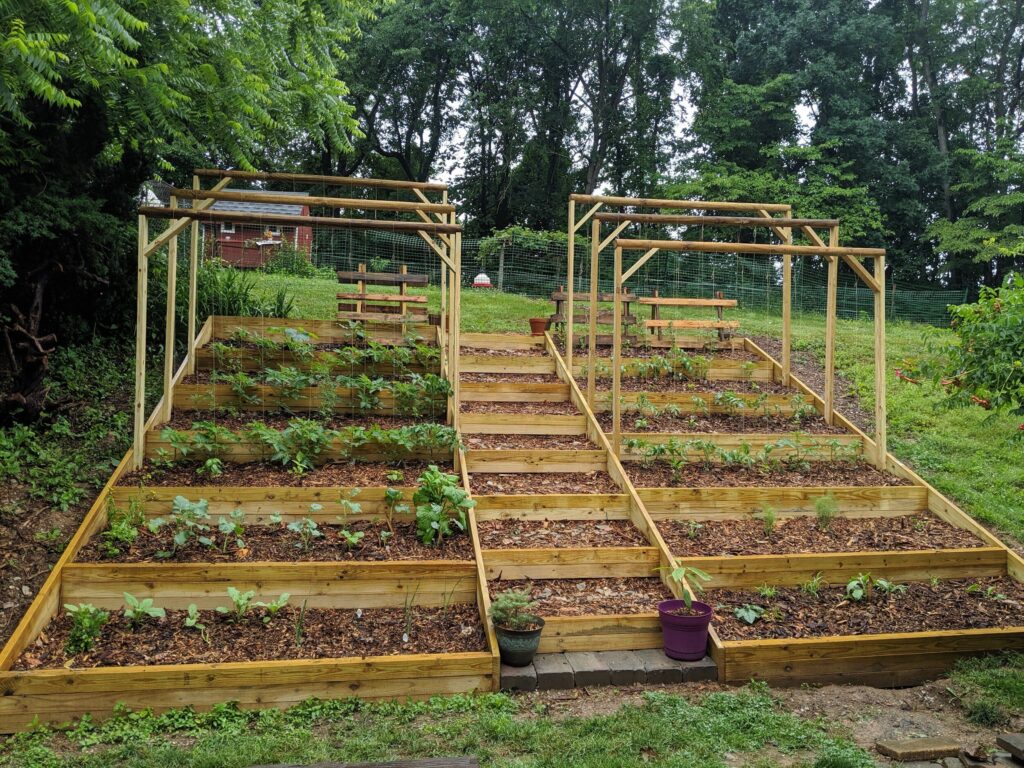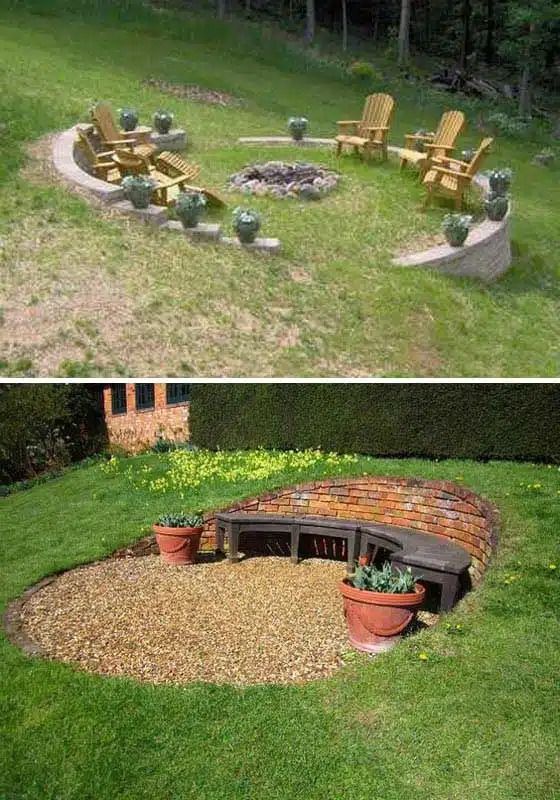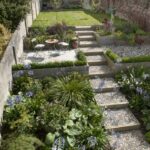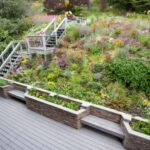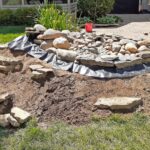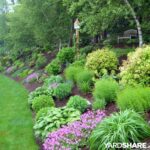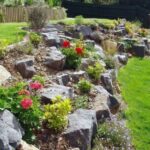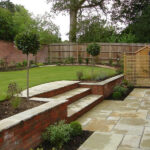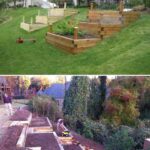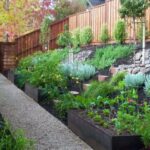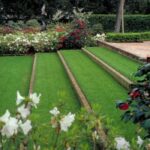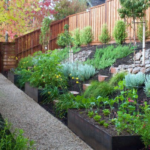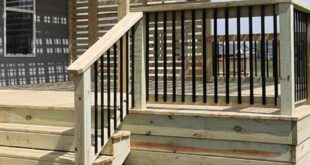Gardening on a slope can present some unique challenges, but with the right techniques and a bit of creativity, it can also be a great opportunity to create a stunning and unique garden space. Here are some ideas to make the most of your sloped garden.
One way to address a sloped garden is to terrace it. By creating terraced levels on your slope, you can create flat, manageable areas for planting and landscaping. This can be achieved using retaining walls, steps, or even raised beds. Terracing not only helps to prevent erosion on the slope but also creates a visually interesting and dynamic garden design.
Another option for a sloped garden is to incorporate winding pathways and steps. By adding pathways that meander through the slope and steps that connect different levels, you can create a sense of movement and flow in your garden. This can also make it easier to access different areas of your garden for maintenance and enjoyment.
When planting on a slope, it’s important to choose plants that are well-suited to the conditions. Plants that have strong root systems and can help prevent erosion, such as groundcovers and grasses, are good choices for sloped gardens. Additionally, plants with a cascading or trailing growth habit can help soften the edges of retaining walls or terraces and create a more natural look.
Water features can be a beautiful addition to a sloped garden. Consider incorporating a small pond, waterfall, or stream into your design to add a soothing element to your garden space. Not only will a water feature enhance the overall aesthetic of your garden, but it can also attract wildlife and create a peaceful retreat for you to enjoy.
If you have a particularly steep slope in your garden, consider creating a rock garden or dry creek bed. These features not only add visual interest to your garden but can also help with drainage and erosion control. By strategically placing rocks and gravel, you can create a low-maintenance and drought-tolerant garden that thrives on a slope.
Finally, don’t forget to consider the practical aspects of your sloped garden, such as irrigation and access. Make sure that your garden is properly irrigated, especially on a slope where water can easily run off. Additionally, think about how you will access different areas of your garden for planting, weeding, and maintenance. By planning ahead and incorporating these practical considerations into your design, you can create a beautiful and functional garden on a slope.
 yishifashion Where Outdoor Dreams Become Reality
yishifashion Where Outdoor Dreams Become Reality
